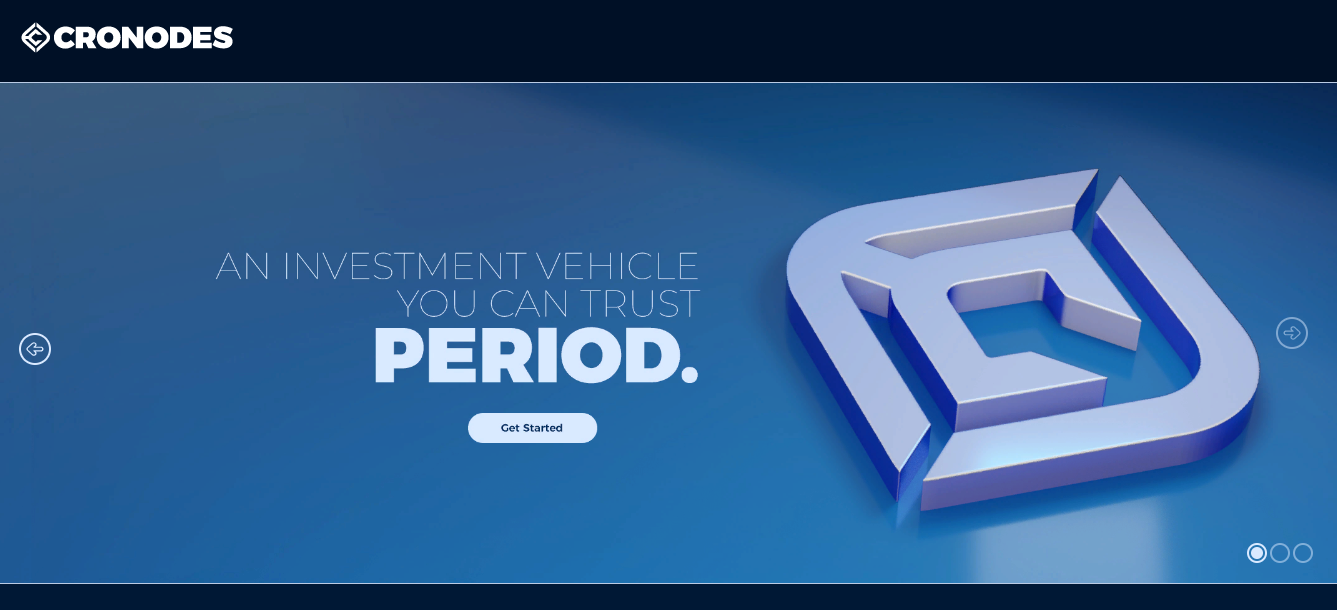Cronodes delivers high yield potential, combined with a robust methodology. It distributes rewards and yield holders efficiently by pooling revenue from protocol-owned liquidity and revenue from DeFi protocols across many chains.

About the CroNodes project
Cronodes — a value-added, community-driven protocol that is open and transparent, with no hierarchy or exclusivity. The team checks all protocols before investing in order to minimize risks to a minimum. To buy $CRN, purchase a $CRO token from an exchange of your choice, go to CronaSwap and exchange it for $CRN. Log in to the dApp and connect your wallet where $CRN is stored. Once you connect to the dApp, you are ready to create your first node. Claim your rewards to your preferred wallet every 24 hours.
Site advantages:
| 1 | You don't need to research hundreds of protocols to make an investment. Your DeFi business starts and ends with Cronodes. The developers effectively combine the revenues from the liquidity owned by the protocol with the revenues from the DeFi protocols in multiple chains. |
| 2 | There is no need to buy expensive software to perform an exchange, binding, staking or bridge. |
| 3 | The native coin of the Cronos network is $CRO, which is currently worth $0.54. Each transaction takes up a portion of your $CRO token, which is a very small transaction fee after all is said and done. This is an advantage for all users. |
You buy 20 Cronode tokens ($CRN) to create 1 node and get 0.5 Cronode tokens ($CRN) as daily accrued rewards - for life.
More about defi app
Here is what happens when a Cronode is created: 14 Cronodes ($CRN) are sent to the reward pool, 2 Cronodes ($CRN) are put into the liquidity pool as 50% Cronode ($CRN) and 50% CRO, and 4 Cronodes ($CRN) are transferred to marketing team wallet to support protocol stability and token growth. Rewards are distributed every 24 hours and you can claim them in Cronode Tokens ($CRN). When requesting a reward, a 10% tax will be charged. This tax comes back to the distribution pool for further rewards. You must apply immediately after creating your first node.

